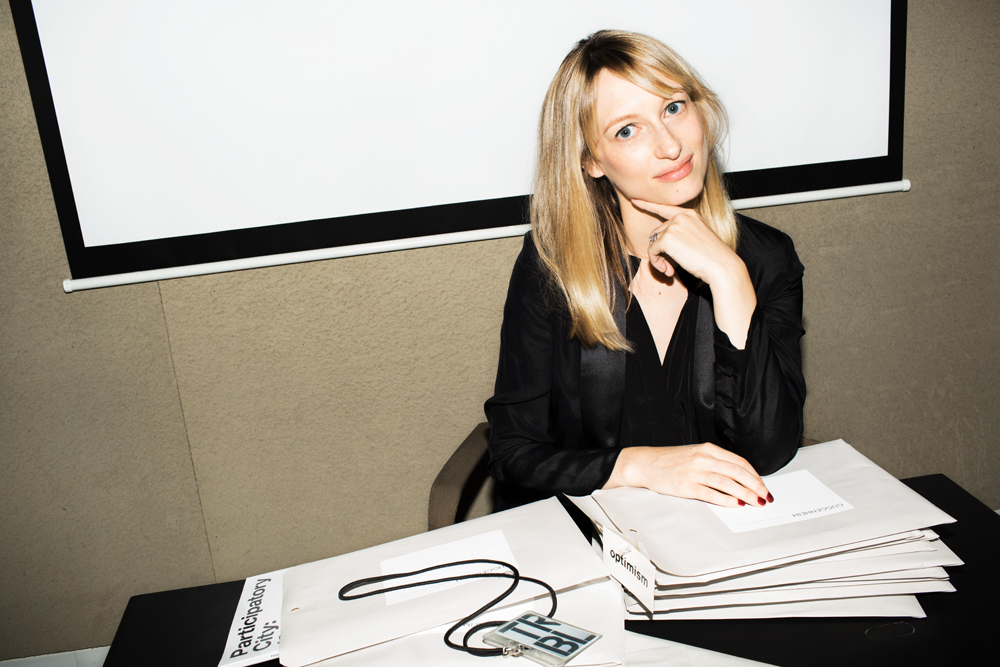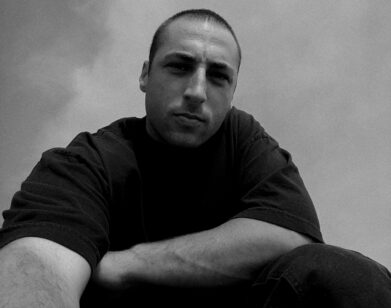Katherine Brinson

CURATOR KATHERINE BRINSON AT HER OFFICE IN NEW YORK, OCTOBER 2014.ALL CLOTHING AND ACCESSORIES: BRINSON’S OWN. MAKEUP: SIR JOHN FOR DIORSHOW/STREETERS.
The Guggenheim is the only place Katherine Brinson has ever worked in art. In 2005, she was hired as an assistant to head curator, Nancy Spector, fresh out of NYU’s Institute of Fine Arts, where her training grounds were in the “purely academic” pursuit of 18th-century portraiture. She had never studied contemporary art.
Much has changed in the past decade. Brinson, 34, is now a contemporary art curator at the museum. In the past few years, she has become deeply involved with the Guggenheim’s biennial Hugo Boss Prize and is currently co-organizing a full rotunda show “exploring new paradigms in narrative in contemporary art” that will include among its highlights the vitrines of Matthew Barney’s Cremaster films. Perhaps Brinson’s biggest curating job to date was her work on the landmark 2013 Christopher Wool retrospective, whose aggressive paintings she keenly unpacks in a catalog essay as “constantly alive to the fertile creative possibilities of the failures, lacunae, and ambiguities engendered by his various processes.” Brinson says that “writing is at the core of all curatorial practice,” and her prose is rich and thick, filled with satisfying locutions like “mark-unmaking” and “naked dread.” In conversation, the Cardiff native speaks with a honeyed Anglo accent and refers to herself as “Welsh through and through.”
Part of Brinson’s job has been acquiring new work for the museum’s permanent collection—”a grave responsibility,” as she puts it—through the Young Collectors Council, for which she’s been specifically interested in “extremely contemporary” new artists who haven’t yet made a name for themselves. In recent years, their holdings have included Kevin Beasley, Margaret Lee, and Gerard & Kelly. It’s a risky endeavor, and if done just right, it can sculpt the history of 21st-century art. “You don’t have that endorsement of decades of institutional validation,” she says, “you have to trust your instinct.”






